Module Anchor Phenomena
Grades K–2
Introduce them to Exciting Examples of Real-World Science
Phenomena provide the chance for student inquiry — allowing them to ask questions as they observe each phenomenon and take on the role of scientists. In turn, students discover more about the world around them and develop a lifelong love for STEM. We’ve put together some of the Anchor Phenomena that students encounter in Twig Science for K–2.
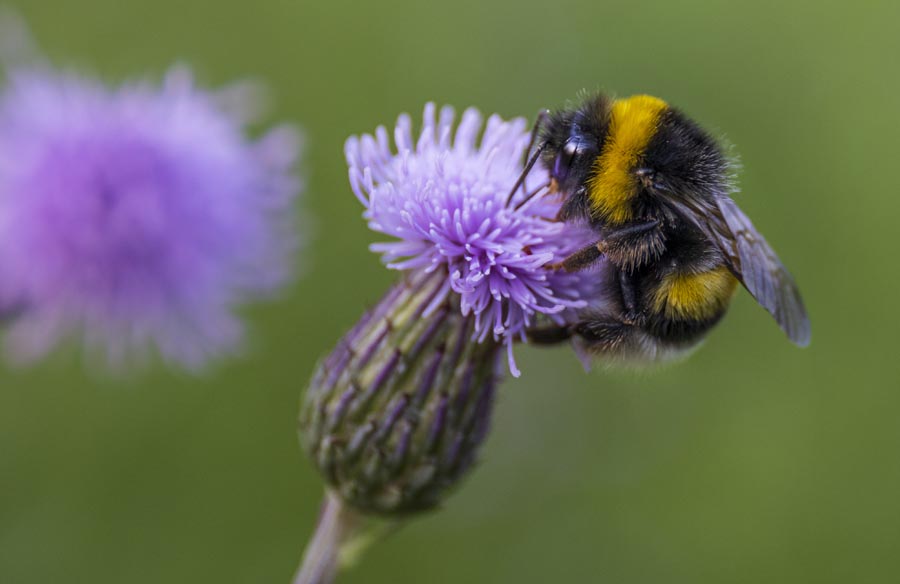
Grade 1, Module: Museum of Leafology
Module Anchor Phenomenon: The thistle plants look alike, but not exactly the same. How are all plants alike and how are they different?
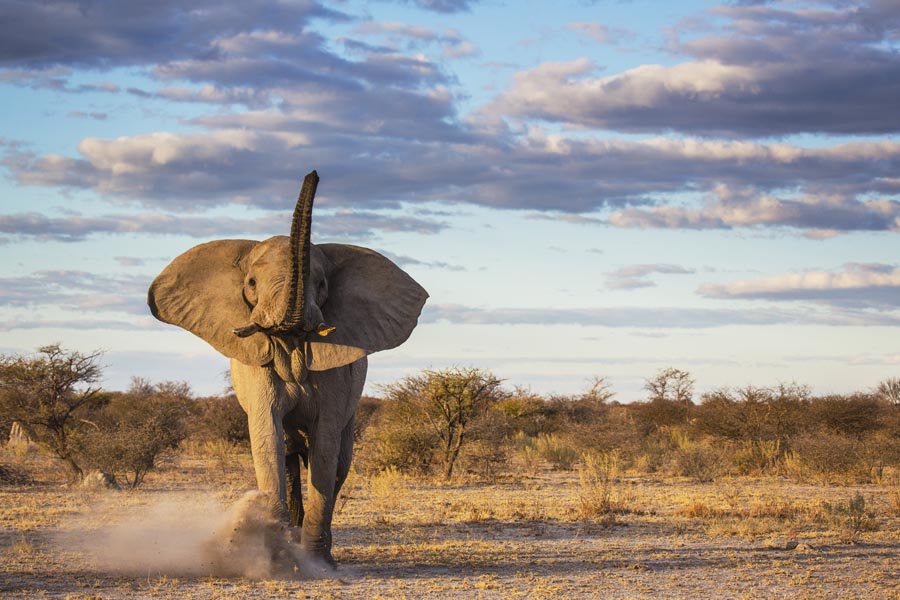
Grade 1, Module: Animal Reporters
Module Anchor Phenomenon: A young elephant makes a sound. Then an adult elephant feeds it. How do animals use their body parts, communicate with their young, and make sounds?
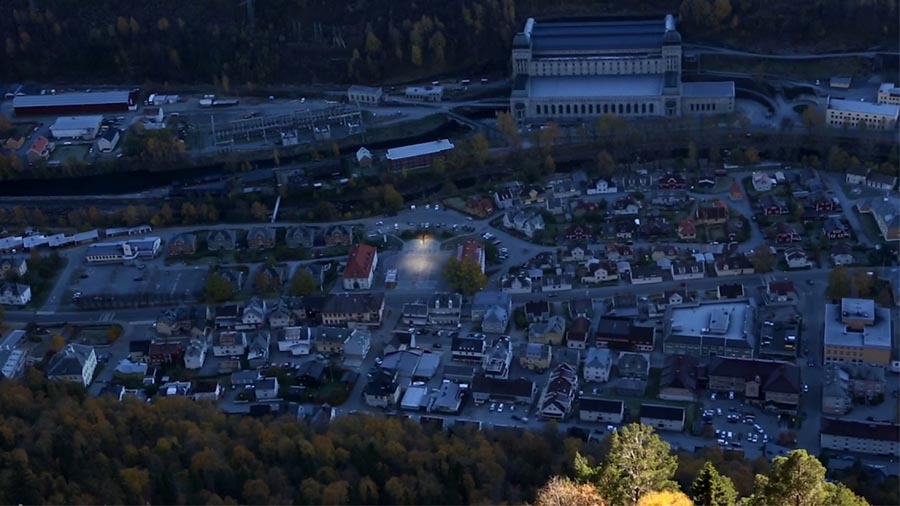
Grade 1, Module: Shadow Town
Module Anchor Phenomenon: During the fall, even in the daytime, the town of Rjukan is in the dark. Why is the town of Rjukan in a shadow?

Grade 1, Module: Patterns in the Sky
Module Anchor Phenomenon: Child A can only see the Sun out of their window in the morning. Child B can only see the Sun out of their window in the afternoon. What patterns do we observe in the sky?

Grade 2, Module: My Journey West
Module Anchor Phenomenon: We can use models to help us find Ruthie’s new home in the San Francisco Bay Area. How can we understand and describe the land and water on Earth?
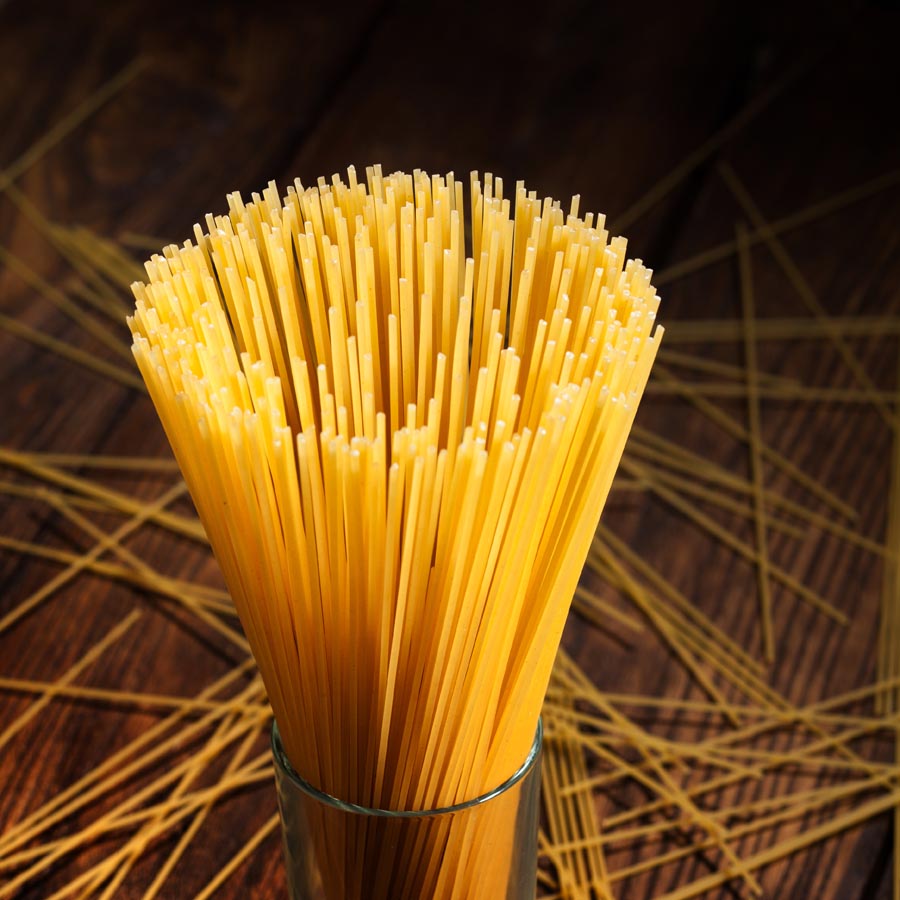
Grade 2, Module: Master of Materials
Module Anchor Phenomenon: A spaghetti tower can stand up and hold weight until it is put in hot water. How can we describe materials as different from one another and understand how their properties relate to their use?
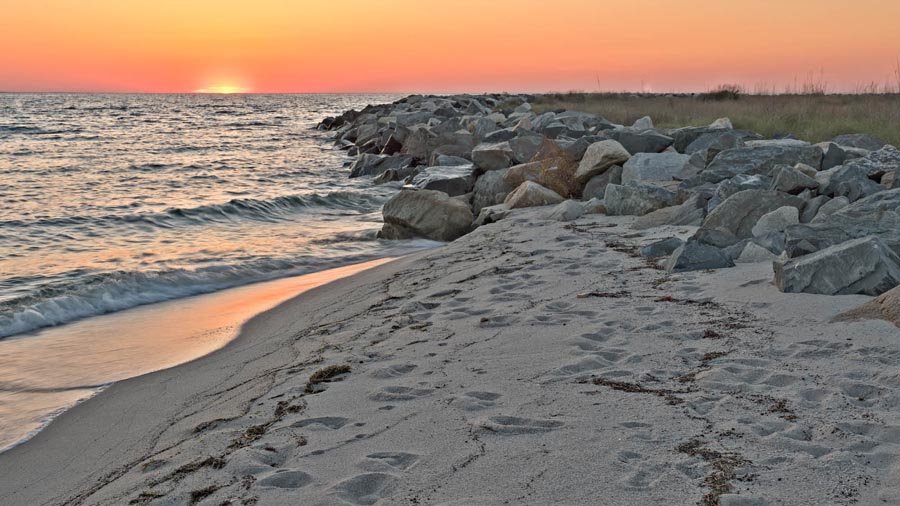
Grade 2, Module: Save the Island
Module Anchor Phenomenon: Tangier Island has changed shape over time. How do natural processes shape the Earth?

Grade 2, Module: A Garden for Life
Module Anchor Phenomenon: In this garden, bees are more likely to visit some flowers and butterflies are more likely to visit other flowers. How do living things in an environment depend on one another and what do they need to grow?
Return to